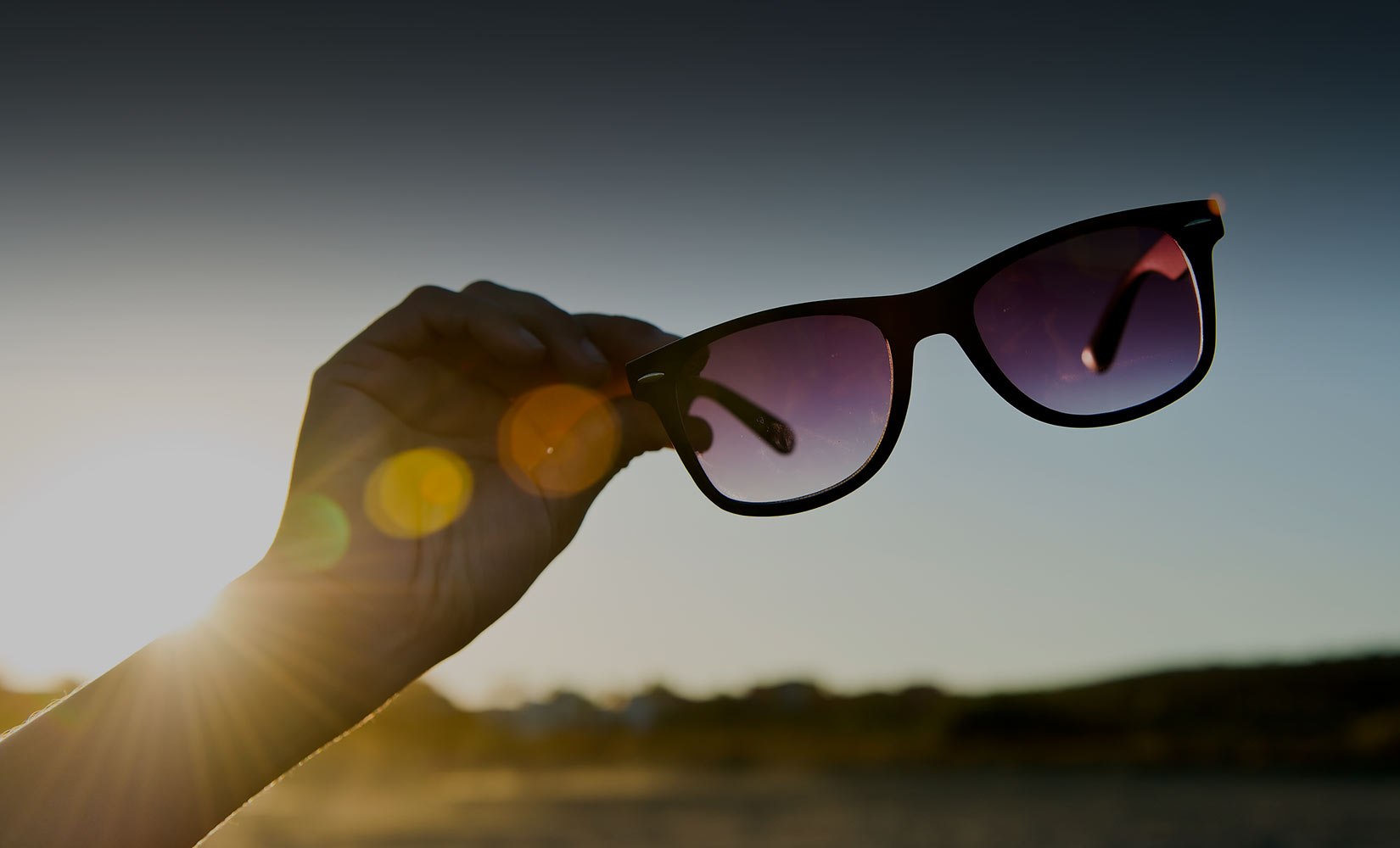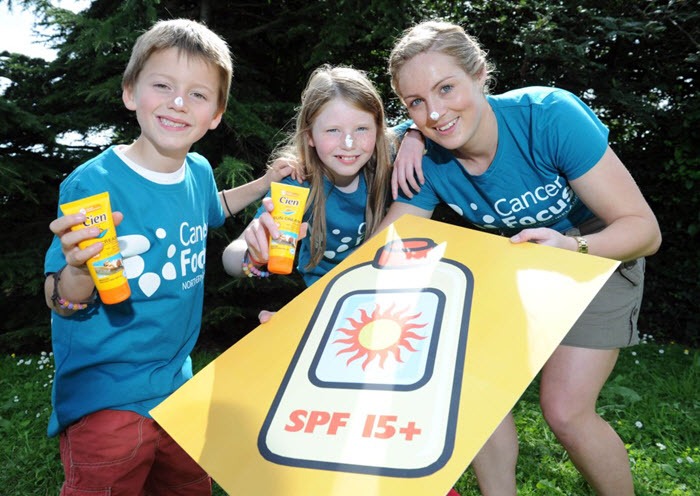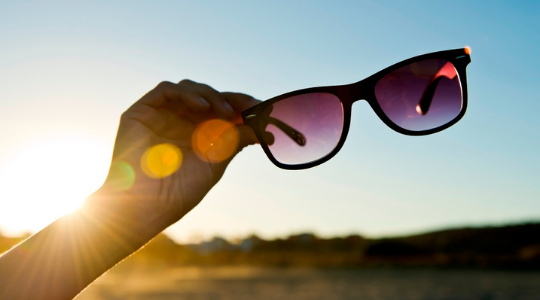
Sun Protection
School Activities

Children and young people are especially susceptible to the suggestion that a suntan is healthy. Schools are an excellent place to teach good habits and practise new skills that can prevent over-exposure to UV radiation. Teachers can contribute to the long-term health of their students by influencing knowledge, attitude and behaviour to care in the sun. Find out more about our schools activities here:
Teaching resources
Curriculum based care in the sun teaching resources are available for:
- Early years
- Foundation stage year 1
- Foundation stage year 2
- Key stage 1 year 3
- Key stage 1 year 4
- Key stage 2 years 5-7
Sun Scientist programme
Suncreens are rated according to their ability to filter out UV light. P5 classes can take part in a practical experiment to investigate which sunscreen is best at stopping UV light getting to the skin. Find out more here.
Living Willows for Shade programme

Living Willows for Shade is a sun protection project in schools in Northern Ireland which highlights Care in the Sun with Key Stage 1 and 2 pupils and nursery school children. It aims to stimulate and support schools in their development of Care in the Sun policies, raising awareness of sun protection issues within the school and in the community. Living Willows for Shade.
The DENI Care in the Sun guidelines for schools suggest ways to increase knowledge, influence behaviour and create an appropriate environment for pupils to stay safe in the sun. The attached guidelines should be considered by each school when creating policies, highlighting that skin protection for children is particularly important.

CARE IN THE SUN
RISK FACTORS
Anyone can develop skin cancer, whatever their skin colour. However, certain skin types are more at risk from the effects of UV radiation than others.
SKIN PROTECTION
Too much ultraviolet (UV) light, either from natural sunlight or from artificial sources such as sunbeds, is the main cause of 80% of skin cancers.
SUNBEDS
Sunbeds, tanning booths and sun lamps give out ultraviolet (UV) rays that can damage your skin and can make it look wrinkled, older or leathery.

